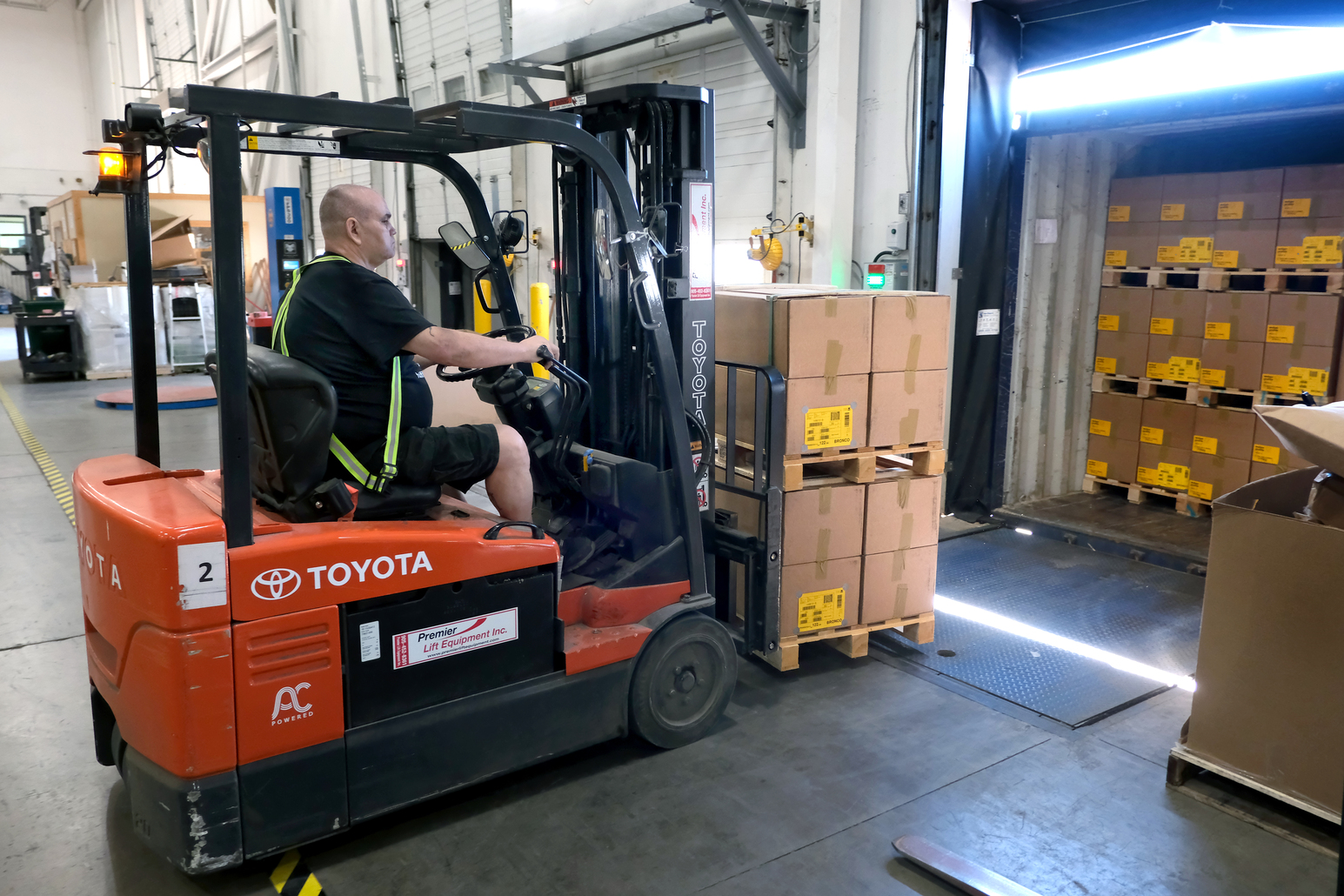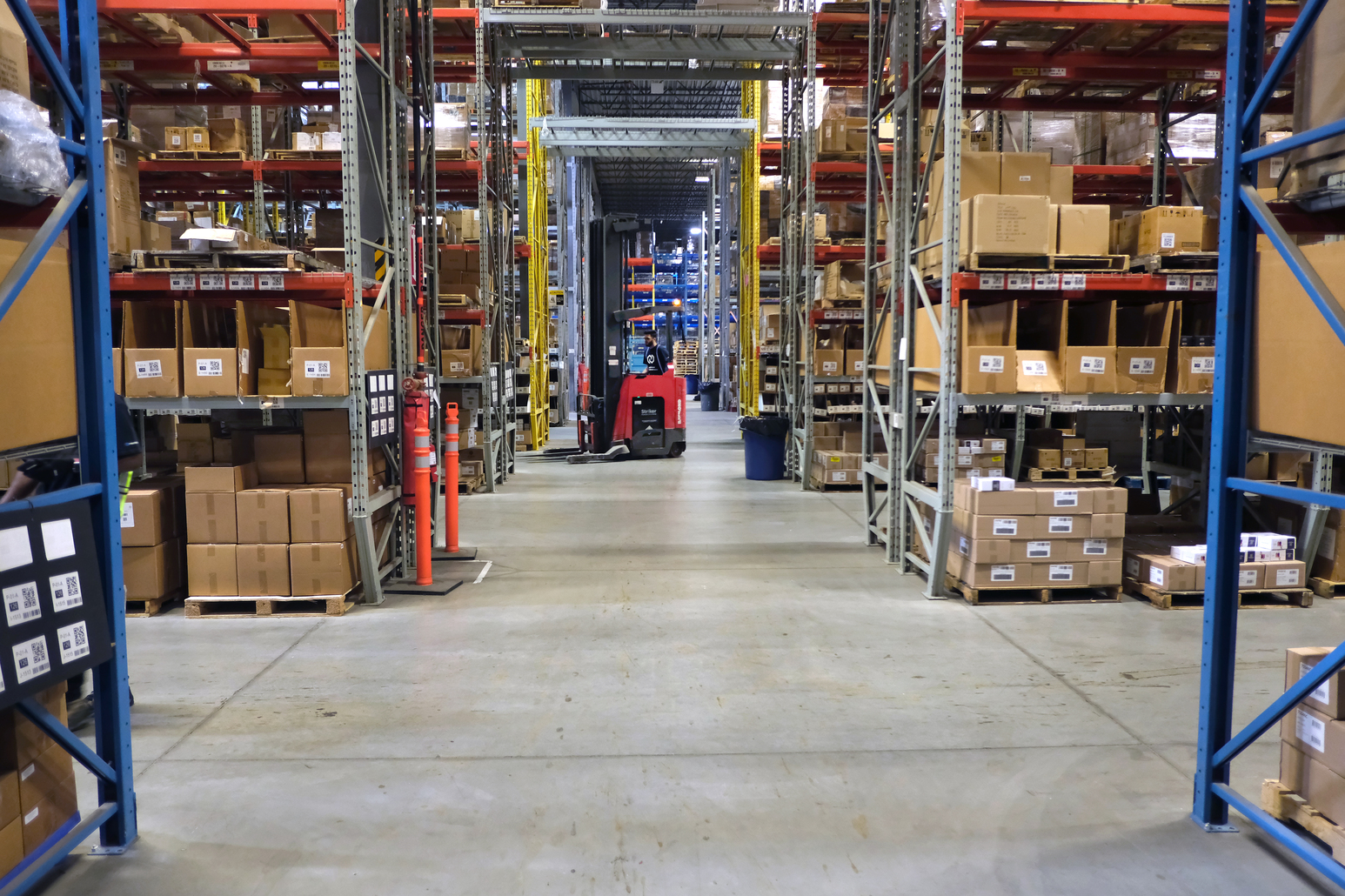Anyone who is regularly involved in moving goods by truck within North America has probably heard that the trucking Industry, especially in the US, is in a particularly precarious position. In this volatile world that we live in today, there are various factors that can easily cause major bottlenecks within this industry, inevitably resulting in rate fluctuations and hikes affecting all who are involved in moving goods domestically or cross border to/from Canada. It is important to understand these issues since none of these will be going away anytime in the near future. It is also critical that shippers plan accordingly to ensure they are able to absorb potential additional transportation costs due to these fluctuating industry and market trends.
Below are some of the top factors affecting the trucking industry right now:
1. Truck driver shortage
This is an important issue in both Canada and the USA, caused by an aging workforce and a decreasing number of workers entering the workforce choosing this nature of work, preferring a different choice of lifestyle. This is causing a significant driver shortage that is really making it difficult for all carriers to find qualified drivers. According to the Conference Board of Canada, in Canada alone the gap between the supply and demand of drivers is expected to exceed 25,000 by the year 2020, this shortage being more than ten times greater in the US! With the pool of professional drivers shrinking and the demand rising, this is inevitably resulting in carriers having to offer more competitive salaries and better benefits to retain their current or hire new drivers.
2. Cost of diesel
This factor speaks for itself. Although the price of diesel in the USA has been pretty steady for the past 6 months or so, who knows what will happen tomorrow. Anyone involved in the transportation industry needs to be prepared to see these diesel costs on an upward trend again soon, causing carrier FSCs (Fuel Surcharges) to rise.
3. Market fluctuations
The fact that the US and Canadian economies are currently growing at a steady rate means that demand for trucks is also rising as more goods need to be transported domestically or across the border. In addition, seasonal demand fluctuations (involving the fresh produce industry) or the ramp up in shipping activity before the holidays can also affect the demand for trucks. Inevitably, this means bottlenecks and fluctuations in trucking rates as the supply vs demand ratio changes.
4. Weather events
Hurricanes, winter storms, or similar natural disasters all have the ability to impact the industry and an unpredictable way. The US DOT has stated that weather delays cost trucking and commercial transportation companies anywhere from $2.2 to $3.5 billion dollars per year. With the impact of these weather events becoming more intense and widespread due to what some believe is a direct result of global warming, the burden on carriers is bound to increase in the future.
5. New regulations
Increases in minimum liability insurance mandated by the Federal Motor Carrier Safety Administration, restrictions on how many hours truck drivers can drive before having to take mandatory breaks, and ever changing regulations are another burden on carriers that is adding up on top of all of the other factors. Many cross border carriers are also investing to meet the requirements of the new Canada Border Service Agency eManifest ACI program. Carriers having to abide by these new regulations are incurring costs that ultimately they have to pass on.
6. Carrier capacity
All of the factors above are ultimately resulting in many carriers, especially some of the smaller less established ones, to end up filing for bankruptcy. When the larger carriers are raising driver pay by more than 10% in many cases, the smaller carriers are finding it hard to follow suit. In the last 3 months, multiple hundreds of carriers owning thousands of trucks have gone bankrupt and the trend does not seem to be slowing down. This squeeze on the overall carrier capacity simply means that shippers will have a harder time to avoid rate hikes in the future.
Overall, the trucking industry definitely has some challenges to overcome, influenced by all of the above factors which are for the most part unpredictable and very hard to address. This will for most shippers translate into rate fluctuations and increases from the carriers that are able to cope without going bankrupt.
Want to know more, or have transportation needs? Please contact Mantoria Inc. At Mantoria, we handle project cargo of all sizes and scopes via all modes of transport including trucking throughout North America. If outside of North America, we have a close network of trusted partners and we can handle your projects seamlessly wherever in the world your needs might be. Contact us today for more information.



